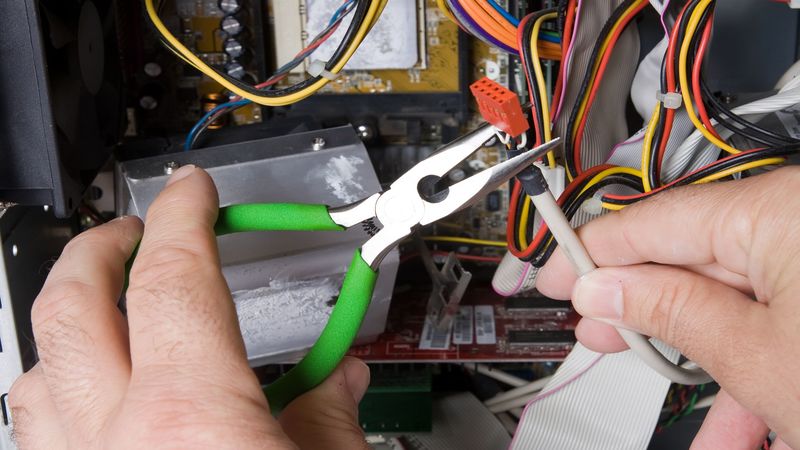One of the most important growth areas in the medical treatment field has been the development and approval of a wide range of devices that can be implanted into the human body. These devices can range from relatively simple to very complex depending on the job they perform.
Types of Implants
All types of implantable devices are designed to remain in the body and to support, enhance or replace the natural body function. Some implants provide support to the body, such as orthopedic implants. These often include artificial joints, pins, rods or screws that will hold bones together to allow for healing or strength if the structure is damaged.
Other types of implantable devices may be electronic in nature and replace essential life system with the body or that replace systems that are failing or that may not be functioning in the body due to disease, congenital conditions or trauma.
Examples of active implants include artificial hearts, pacemakers, cochlear implants, neurostimulators, various implants used in the eyes as well as implantable pumps, glucose monitors, and defibrillators.
Materials
While the size, structure, and design of the implantable device will be critical, so will the choice of the materials used in the implant. Regulations limit the use of specific materials for different types of implantable devices. Often the manufacturers specializing in medical device contract manufacturing are the best source of information about this critical part of the design.
Systems
Most of these devices, particularly the active implants, are incredibly complex. Not all general medical device contract manufacturers have the ability to work on these complex projects.
Take the time to interview and review any contractors under consideration. Look for companies with extensive experience in working with active implants. These companies will have the in-house design and development teams as well as the ability to provide full prototype development services. They should also be able to transition into production, providing you with the same quality control and validated processes required for product safety.

